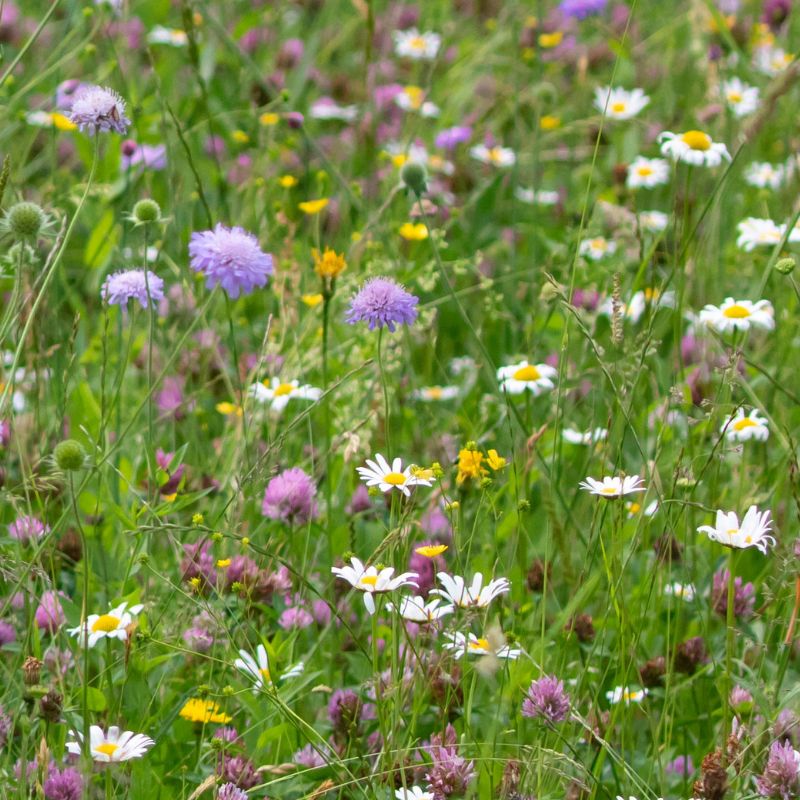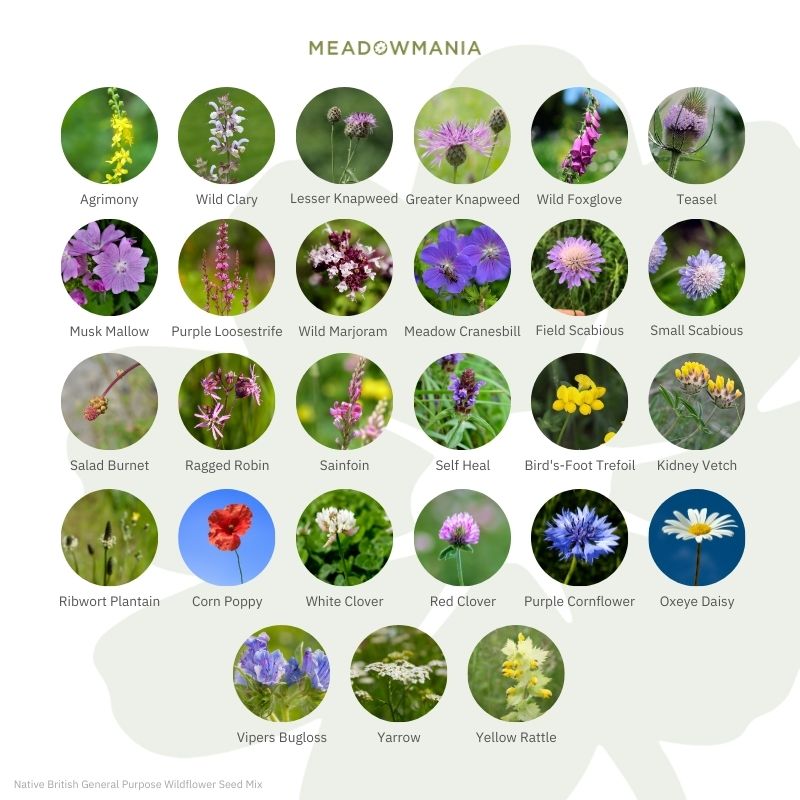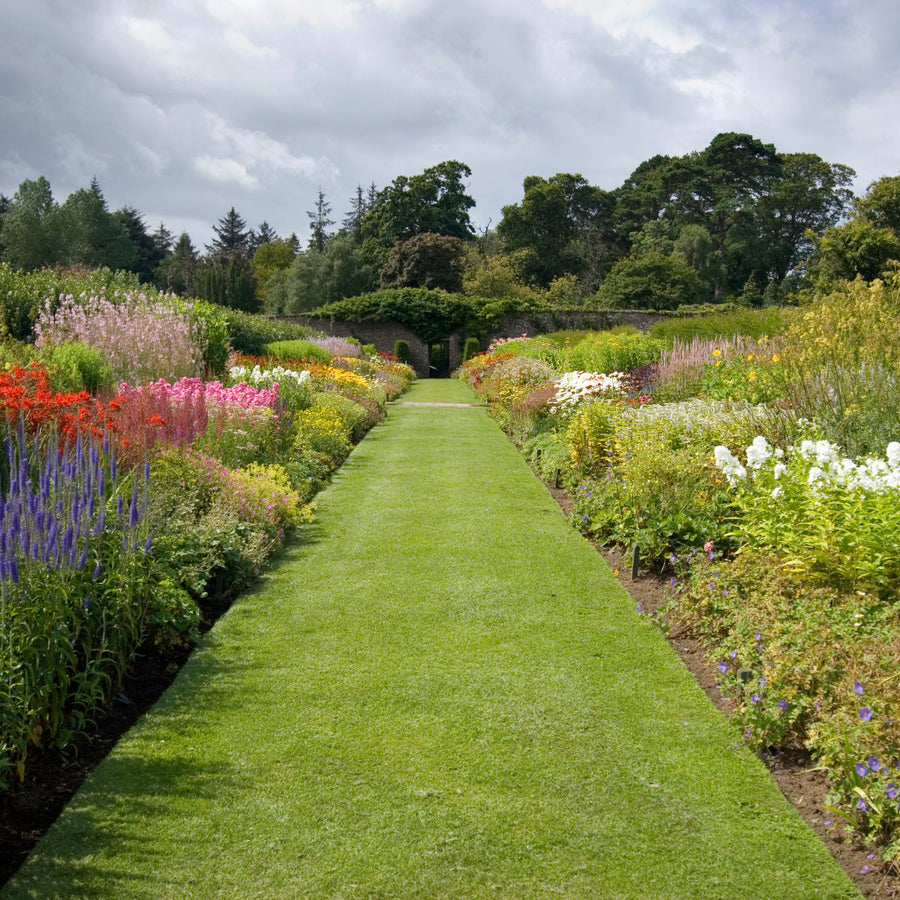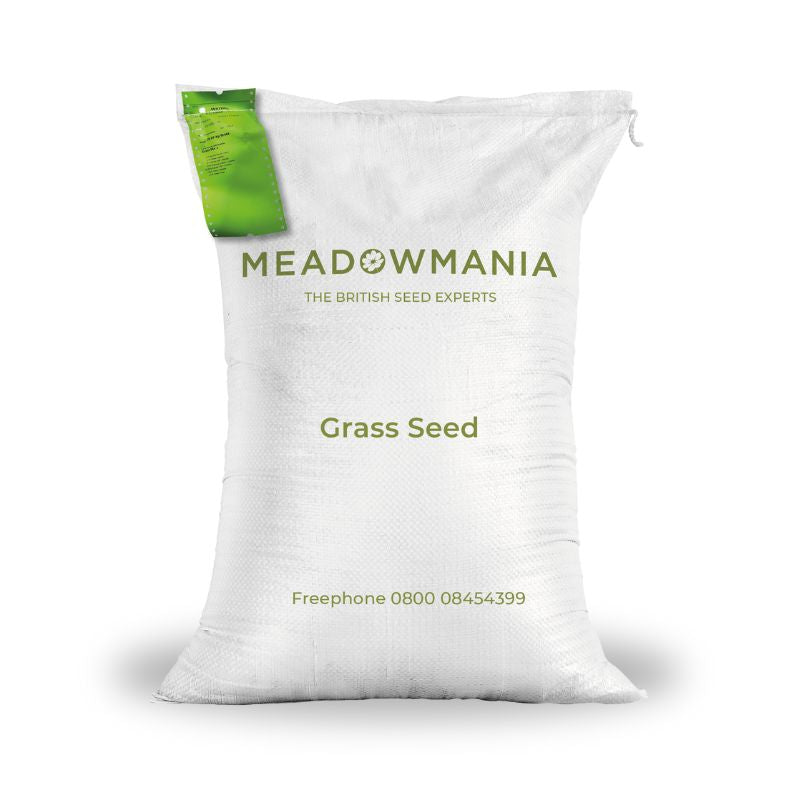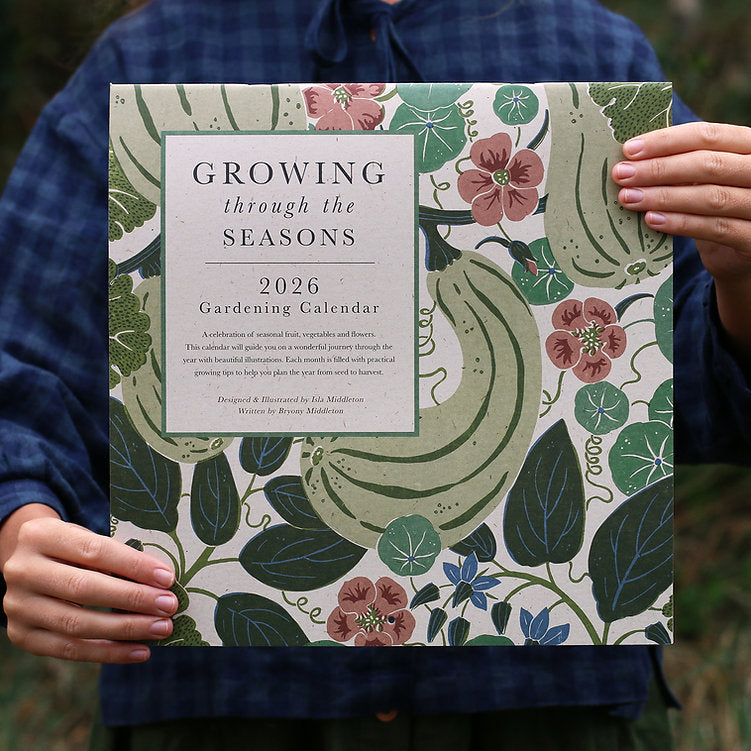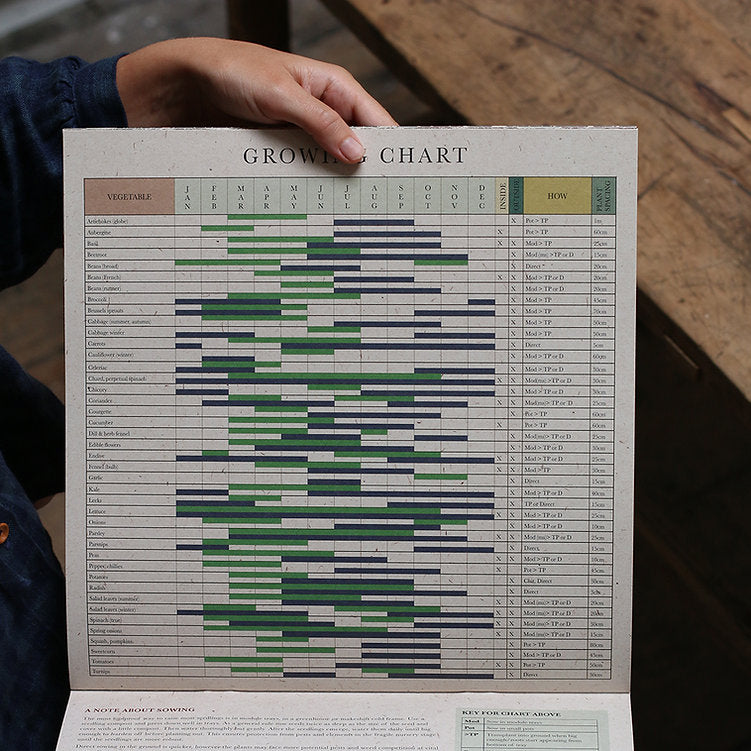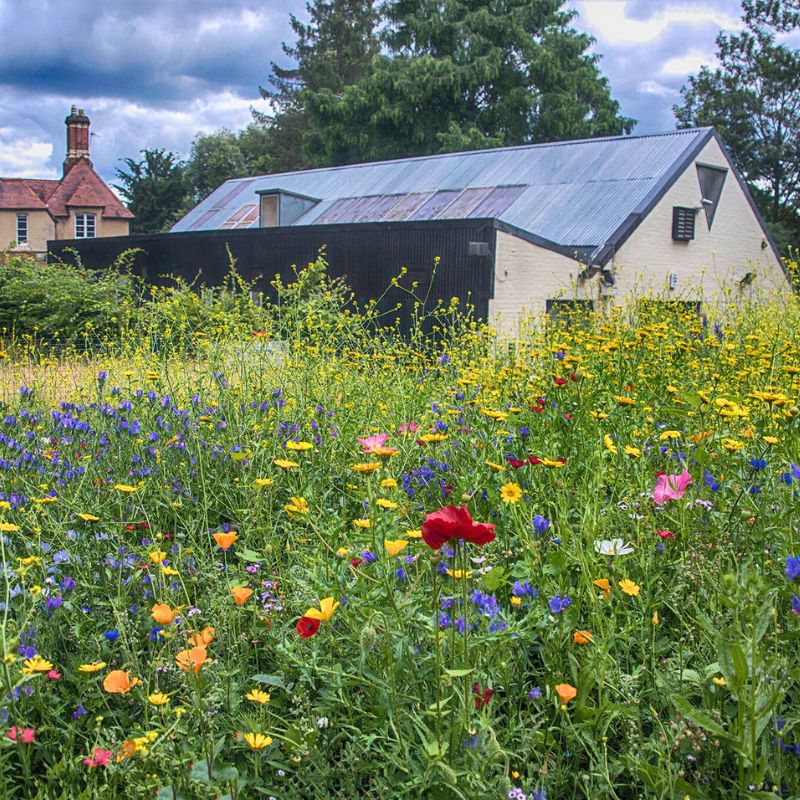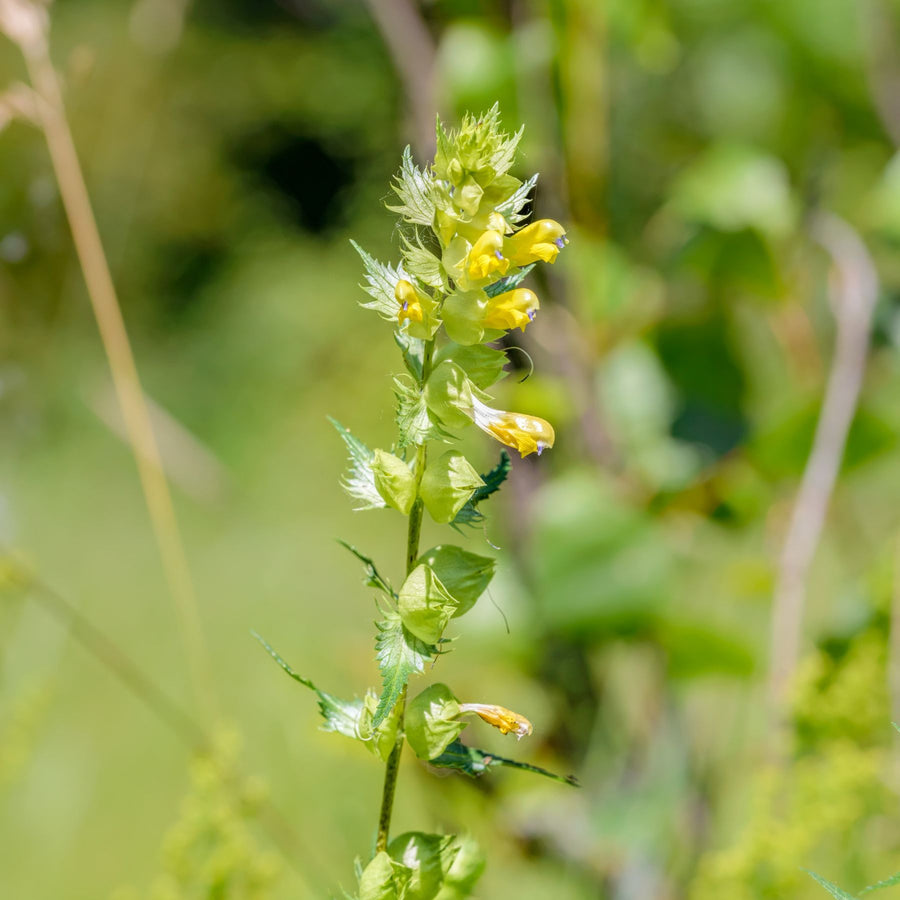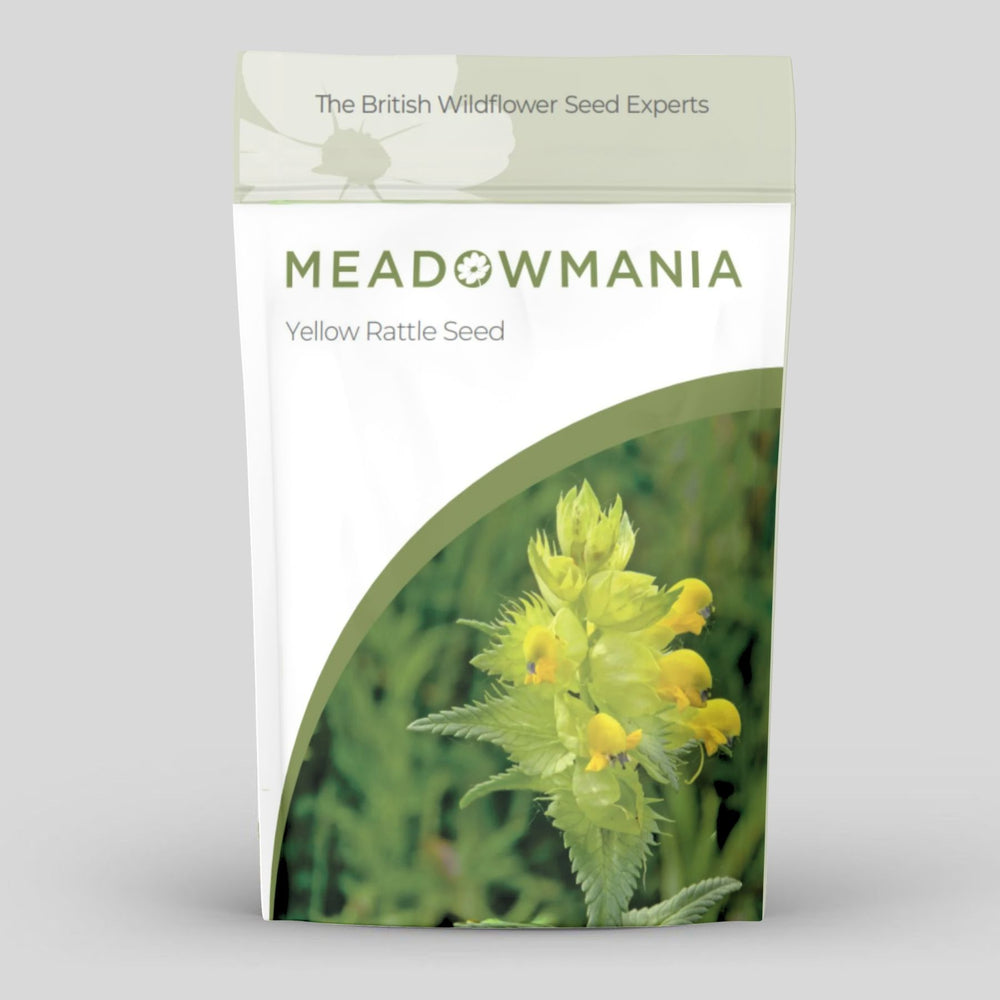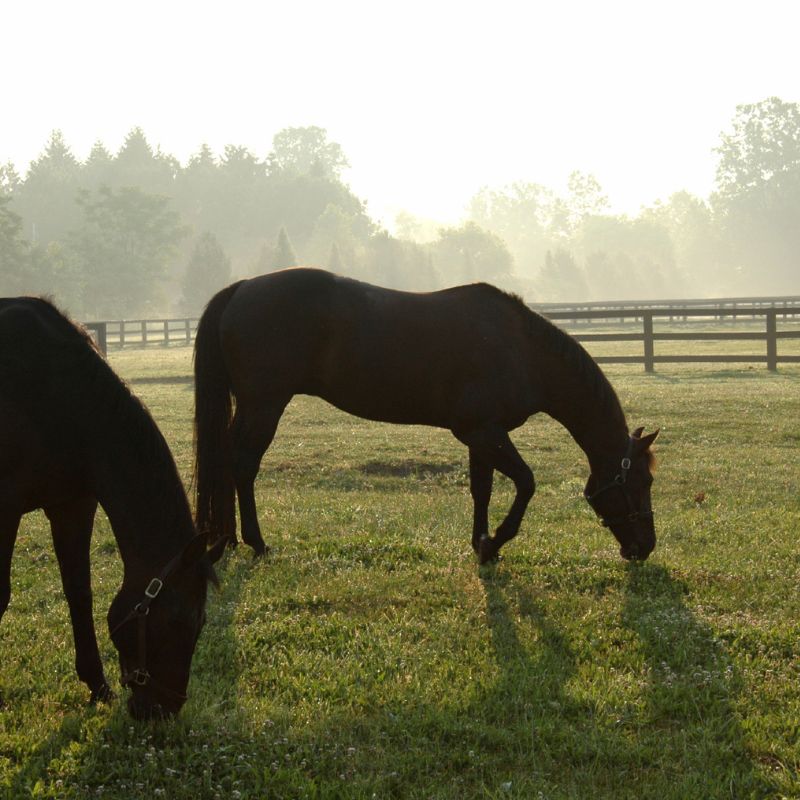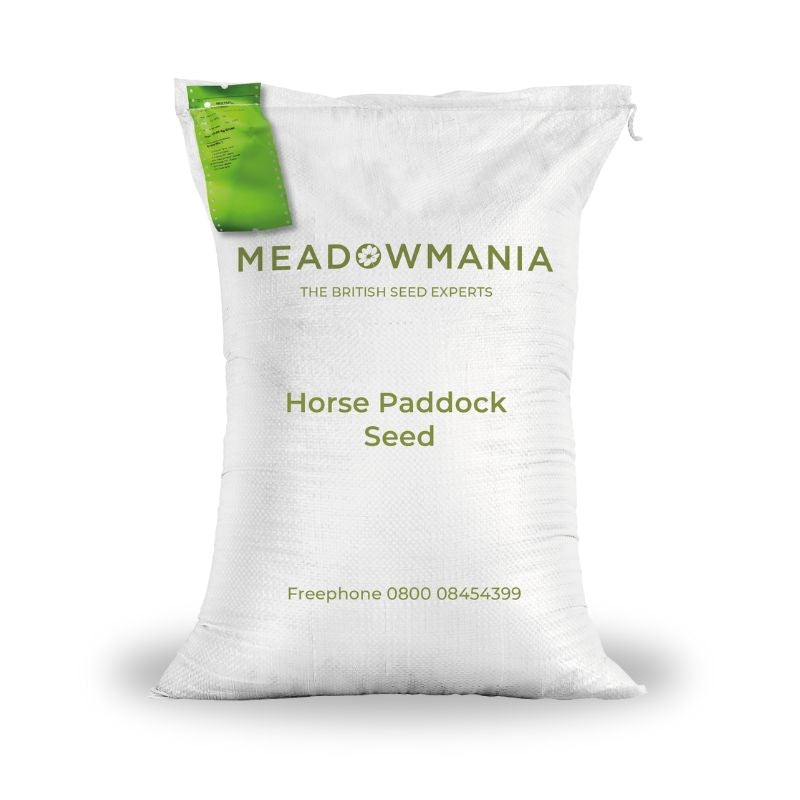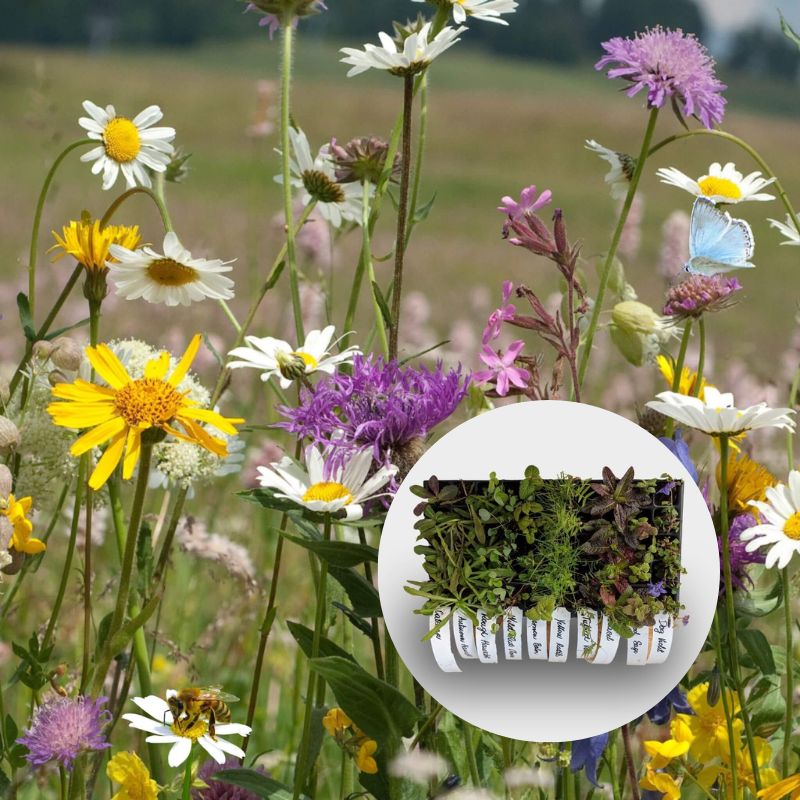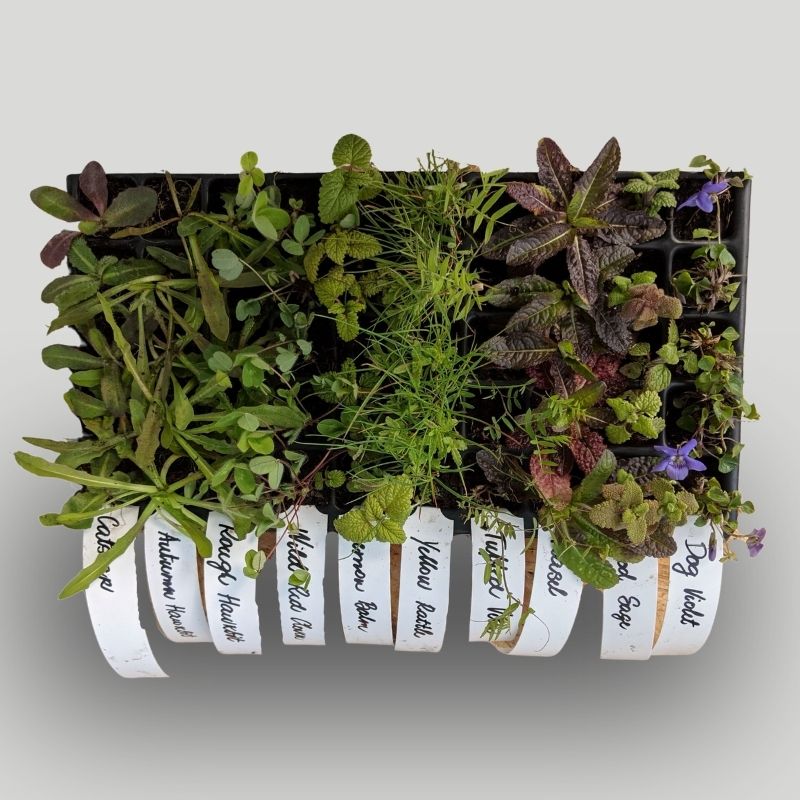
8 Native British Bulbs In The Green to Plant This Spring
Spring is just around the corner, and if you're anything like the team at Meadowmania, you're already imagining vibrant wildflower meadows and lush, native plants filling your garden. Well, we’ve got a little secret to share – native British bulbs in the green! With these easy-to-plant beauties, we can help you turn those garden dreams into a colourful reality this season.🌱
What’s so special about planting bulbs in the green? Well, when you buy bulbs that are actively growing and already sprouting, you’re basically skipping the waiting game. By planting them now, you'll enjoy quicker results than bulbs planted in the autumn, and witness your garden coming to life sooner. Plus, because the stems and leaves are visible, it's easier to plant and position them properly. You can also see exactly how deep they should be planted, ensuring better results.
And why should you choose native bulbs?
For starters, native British bulbs are fantastic for local wildlife. Many native bulbs are a valuable food source for early pollinators, including bees and butterflies, which rely on these flowers for nectar and pollen. Planting these bulbs in your garden helps support biodiversity and encourages a healthier ecosystem. Additionally, native bulbs tend to be more resilient and better suited to your local climate, reducing the need for extra care and maintenance. They also help extend your garden’s flowering season, offering early bursts of colour in late winter and early spring when little else is blooming.
Ready to get planting? Here are 8 fantastic native British bulbs in the green you should consider planting right now to bring some wild beauty into your garden:
1. Snowdrops in the Green (Galanthus nivalis)

Snowdrops are one of the first blooms to appear in spring, often poking through the snow to provide a welcome splash of white in the winter landscape. These delicate flowers are steeped in folklore, historically believed to symbolize hope and renewal, and, in medieval times, they were thought to protect homes from evil spirits. Snowdrops are particularly attractive to early bees, including queen bumblebees, which emerge from hibernation in the colder months. Snowdrops thrive in shady, woodland-like conditions, and when planted in groups, they can naturalise beautifully, returning year after year to brighten up your garden. Plant snowdrops in the green around 5cm deep.
2. English Bluebells in the Green (Hyacinthoides non-scripta)

English Bluebells are iconic spring flowers renowned for their beautiful and fragrant bell-shaped blooms. In folklore, bluebells are symbols of humility and gratitude, and old myths say their flowers ring when fairies dance, earning them the nickname "fairy flowers." These blooms thrive in shaded woodlands or beneath tree canopies, where they form stunning carpets of blue in spring. Bluebells are not only a sight to behold, but they also provide an essential nectar source for early pollinators, especially bees and butterflies. When planting, allow space for them to spread and naturalise over time, ensuring a repeat show of colour year after year. Plant English bluebells in the green around 10cm deep.
3. Crocuses in the Green (Crocus vernus)

Also known as spring crocus, crocuses are vibrant early spring flowers that bring a burst of colour to the garden with their purple, white, and yellow blooms. Historically, crocuses were associated with Persephone, the ancient Greek goddess of spring, and were believed to possess protective qualities. These cheerful flowers are not only a delight to the eye but also an excellent nectar source for pollinators like bees and butterflies, making them a valuable addition to pollinator-friendly gardens. Crocuses thrive in well-drained soil and sunny spots, making them ideal for flower beds or borders. Plant crocuses in the green around 8cm deep.
4. Wild Daffodils in the Green (Narcissus pseudonarcissus)

Also known as Lent lilies, wild daffodils are symbols of renewal and rebirth, representing new beginnings and the arrival of spring. In ancient Celtic mythology, daffodils were believed to represent the first rays of sunshine after a long winter, marking the triumph of light over darkness. These delicate blooms are particularly appealing to early pollinators, such as solitary bees and butterflies, who are drawn to their sweet nectar. Unlike their larger, showier relatives, wild daffodils offer a gentler, more understated beauty. They thrive in grassland or woodland environments, making them perfect for naturalising in grassy areas or beneath trees. Plant wild daffodils in the green around 10cm deep.
5. Wild Garlic in the Green (Allium ursinum)

Also known as ramson, wild garlic is a fragrant and aromatic addition to any garden. In folklore, wild garlic is associated with protection and purification, often used as a remedy for infections and believed to repel evil spirits. Historically, wild garlic was used as a remedy for various ailments, such as digestive problems, high blood pressure, and even as an antidote for poisons. Its starry white flowers and strong scent make it an appealing plant, particularly to bumblebees, who are drawn to its abundant nectar. Wild garlic thrives in moist, shady conditions, making it ideal for woodland areas or damp corners of the garden. Not only is it a beautiful and wildlife-friendly choice, but its edible leaves can also be used in a variety of delicious recipes, adding a unique flavour to your cooking. Plant wild garlic in the green around 10-15cm deep.
6. Snakeshead Fritillaries in the Green (Fritillaria meleagris)

Snakeshead fritillary, are stunning springtime blooms that symbolize renewal and the return of life after the long winter months and their distinctive chequered petals add a touch of elegance to any garden. These flowers are particularly attractive to early pollinators, such as bumblebees, who are drawn to their deep, nectar-rich blooms. Fritillaries thrive in damp, well-drained soil, making them ideal for naturalising in grassy meadows or along pond edges. Once more widespread in the wild, snakeshead fritillaries can now only be found in a handful of floodplain meadows, such as Iffley Meadows, in southern and central England. Plant snakeshead in the green around 10cm deep.
7. Grape Hyacinth in the Green (Muscari neglectum)

Grape hyacinths are charming little flowers that bring a burst of vibrant blue to your spring garden. These blooms are known for their unique, bell-shaped clusters that resemble bunches of grapes and are often planted in "drifts" or clusters, where their dense, vibrant clusters of flowers create a striking visual impact. Grape hyacinths are a favourite of early pollinators, particularly bees, who are drawn to their abundant nectar. They thrive in well-drained soil and sunny or partially shaded spots, and when planted in the green, they establish quickly and spread over time. Plant grape hyacinth in the green around 7cm deep.
8. Wild Tulip in the Green (Tulipa sylvestris)

Wild tulips add elegance and a touch of wild beauty to your garden. Known for their delicate, yellow flowers, wild tulips bloom early in spring, offering a burst of colour after the winter months. These tulips are particularly attractive to pollinators like bees, who appreciate their early nectar. Wild tulips prefer well-drained soil and sunny positions, making them ideal for planting in meadows, rock gardens, or along garden edges. When planting in the green, set the bulbs about 10cm deep, ensuring they have room to establish and naturalise over time.
Check out the Spring-Planting Bulbs section of our website, where you can find all these fantastic bulbs in the green and more. Find out more about native flowering bulbs in the green in our blog - Everything You Need To Know About Bulbs In The Green.
Happy planting; enjoy your beautiful blooms! 🌷🌷🌷


